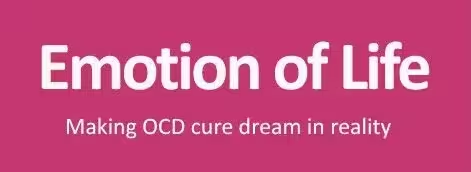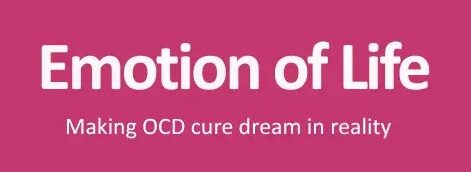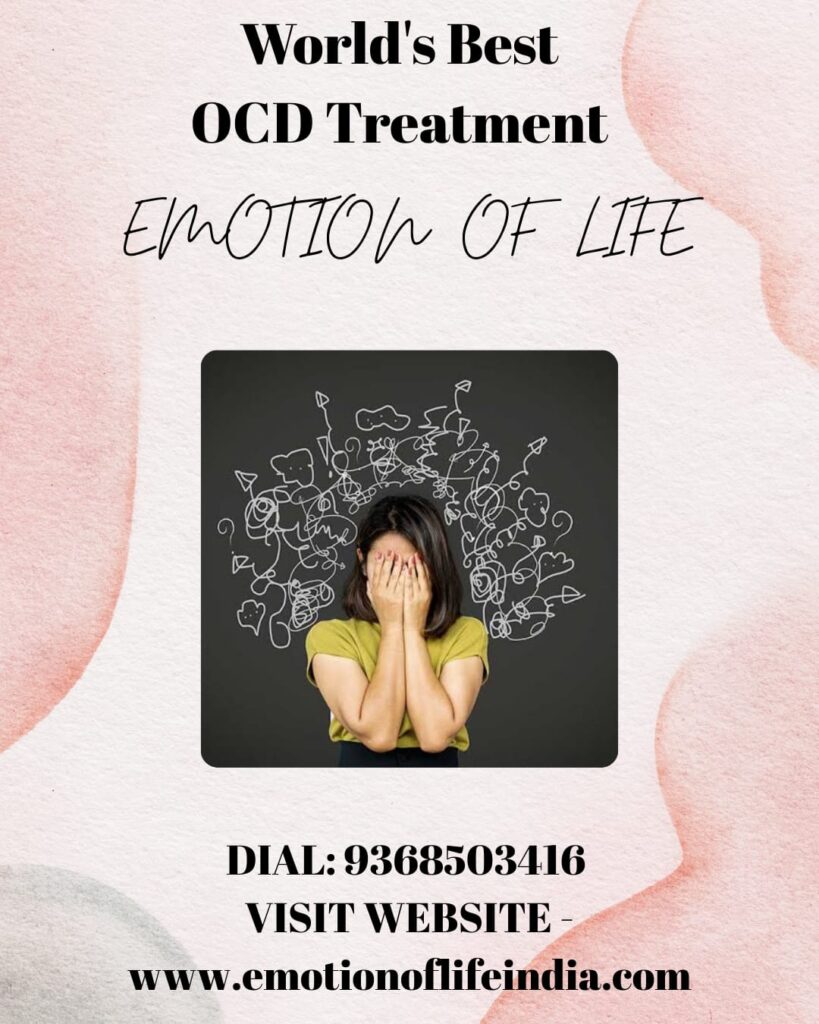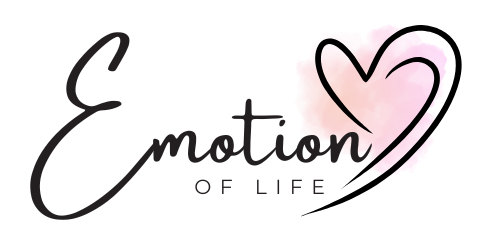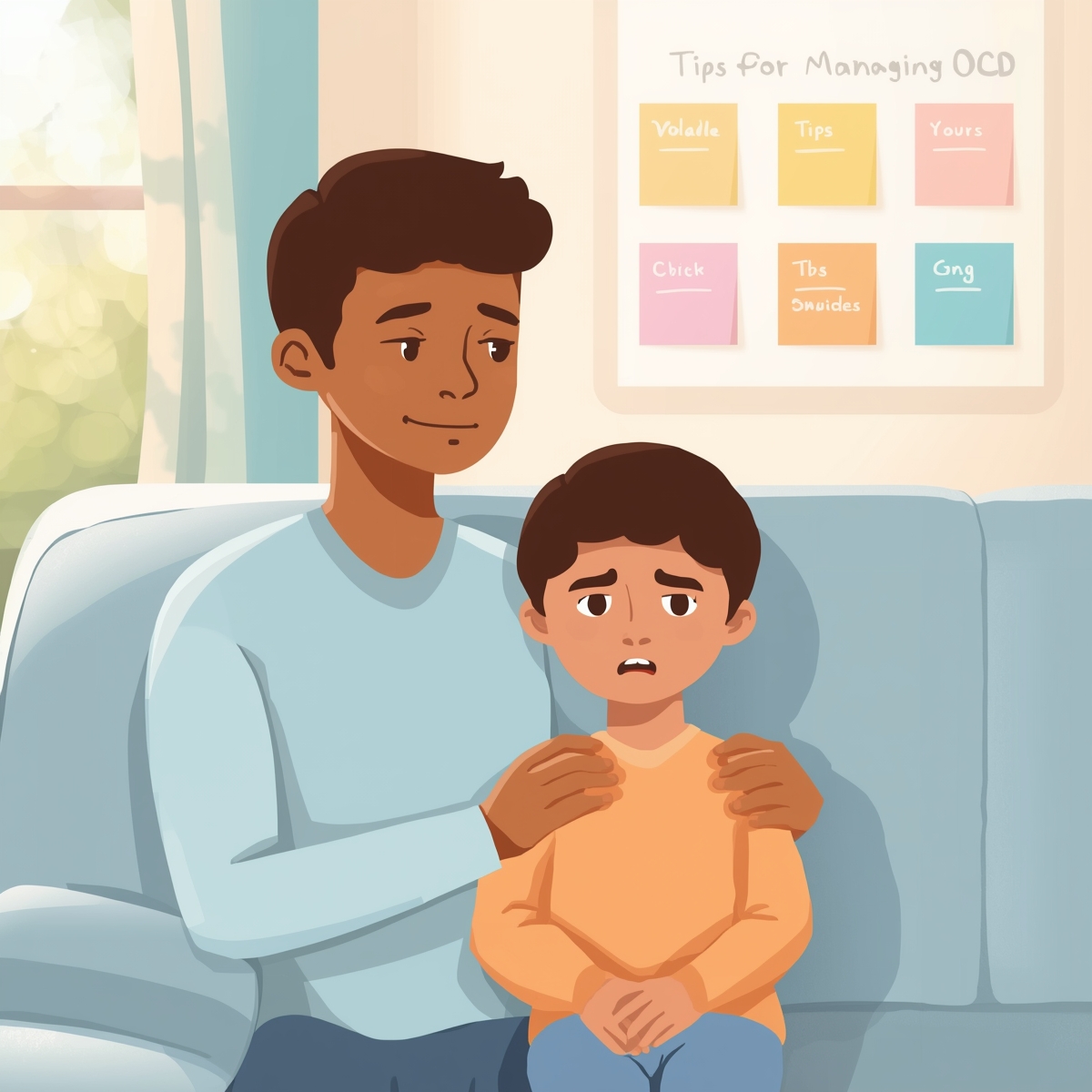Sensorimotor OCD Treatment
Sensorimotor OCD Treatment is a troubling subtype of obsessive-compulsive disorder where the individual primarily fears their own body. Those affected by Sensorimotor OCD are plagued by persistent, intrusive thoughts concerning bodily sensations, health concerns, or imagined physical defects. These worries lead to checking behaviors, constant monitoring, or seeking reassurance to achieve a sense of safety. Unlike typical body awareness or reasonable health concerns, these thoughts are intrusive, time-consuming, and conflict with the individual’s self-identity. Normal sensations such as a twitch or change in skin texture become the focus of catastrophic thinking that is hard to dismiss.
Other Names and Core Experience
Sensorimotor OCD is also called Somatic OCD. Individuals often engage in compulsive behaviors such as frequently checking their body, visiting doctors, researching symptoms online, or conducting rituals like measuring body parts or mirror checking to validate or refute their feared illnesses. These behaviours provide temporary relief but ultimately strengthen the obsession, increasing sensitivity to normal bodily fluctuations and creating an unbearable experience. Recognizing that these reactions stem from an anxiety-based disorder rather than an actual medical condition is crucial for recovery.
Impact of Sensorimotor OCD
- Significant isolation as individuals feel trapped within their own bodies.
- Relationship strain caused by cycles of reassurance and frequent medical visits.
- Work and daily life disruption as time is consumed by checking and research.
- Physical toll such as skin irritation from checking, disturbed sleep, and heightened stress responses.
- Emotional exhaustion and erosion of confidence.
How Sensorimotor OCD Develops
Typical bodily sensations transform into the center of obsessive fear through a learned association: sensation leads to a catastrophic thought, which triggers a compulsion for checking, giving temporary relief and thereby reinforcing the cycle. Avoidance and reassurance maintain the pattern.
Symptoms of Sensorimotor OCD
- Constant fixation on specific sensations or perceived bodily flaws.
- Excessive self-inspection, mirror checking, or repeated measurements.
- Intensive health-related research and frequent medical reassurance seeking.
- High levels of anxiety, shame, frustration, and sometimes depression.
- Disrupted sleep and impaired concentration at work or school.
Causes of Sensorimotor OCD
The causes are multifaceted and include psychological, social, and environmental factors:
- Psychological: intolerance of uncertainty, exaggerated responsibility, perfectionism, and heightened interoceptive awareness.
- Social and environmental: family history of health anxiety, early messages that overemphasize bodily problems, or traumatic medical events.
- Triggers: new bodily sensations, significant life stress, illness in a family member, or exposure to health-related information.
Evidence-Based Treatments for Sensorimotor OCD
Cognitive Behavioral Therapy (CBT)
CBT helps identify and reframe catastrophic interpretations of bodily sensations. Techniques include evaluating evidence for feared outcomes and generating less alarming explanations. Cognitive restructuring reduces the urge to check.
Exposure and Response Prevention (ERP) as Sensorimotor OCD Treatment
ERP is a central behavioral technique. It involves deliberately facing body-related triggers while refraining from compulsions. Examples include touching a mole without checking the mirror repeatedly or intentionally noticing a palpitations episode for a fixed time without reassurance. Exposures are graded and supported to allow habituation and reduction of checking behavior over time.
Acceptance and Commitment Therapy (ACT) as Sensorimotor OCD Treatment
ACT complements CBT and ERP by promoting acceptance of sensations and engaging in value-driven actions. It teaches cognitive defusion so sensations and thoughts lose their emotional grip, enabling clients to pursue meaningful life goals despite discomfort.
Wellness Coaching as Sensorimotor OCD Treatment
Wellness coaching frames recovery as a holistic life upgrade. Coaches help establish sleep routines, balanced nutrition, moderate exercise that fosters trust in the body, and stress-relief practices such as mindfulness. Practical relapse prevention and integration of exposures into daily life are key goals.
Personality Dynamics Course-Correction
Addressing contributing personality traits such as perfectionism and excessive responsibility is important. Therapy explores the development of these traits and promotes perspective shifts, self-compassion, and reduced self-criticism.
Developing Healthy Coping Mechanisms
- Grounding exercises and paced breathing to downregulate attention to sensations.
- Time-limited “body check windows” to reduce constant monitoring.
- Journaling worries instead of compulsive checking.
- Trusted partner agreements to resist reassurance-seeking.
Emotional and Mental Health Focus
Therapy should include processing guilt and fear, trauma-informed approaches where relevant, family work to reduce enabling reassurance, sleep restoration, social reconnection, and rebuilding enjoyable activities. Emotional resilience reduces misinterpretation of normal bodily changes.
Self-Help Strategies
- Impose strict limits on checking behaviours.
- Maintain a worry log to externalize uncertainties.
- Daily mindfulness practice to reduce fusion with sensations.
- Gradual reintroduction of avoided activities with planned experiments.
- Use self-guided ERP worksheets under professional supervision when possible.
Success Stories
Varun, 29 Years
Varun developed an overwhelming awareness of his breathing, which escalated into daily obsession and social avoidance. Under therapy he used ERP to deliberately focus on breathing without avoidance, employed ACT to accept sensations, and adopted wellness practices like yoga and sleep hygiene. Over six months, anxiety reduced significantly and he returned to normal functioning.
Kia, 25 Years
Kia became hyper-aware of her blinking and developed mirror-checking compulsions. A combined CBT, ERP and ACT plan, plus wellness coaching and personality work, helped her regain academic focus. She completed her degree and now mentors peers facing anxiety.
Conclusion
Sensorimotor OCD targets the most intimate aspect of life—our bodies—and can be deeply distressing. A compassionate, evidence-based approach combining CBT, ERP, ACT, wellness coaching, personality work, coping skills, and emotional healing provides a complete pathway to recovery. The goal is not to eliminate all sensations but to transform the relationship with the body so sensations are acknowledged without catastrophic meaning. Seeking specialized guidance is a practical step toward finding comfort within one’s own body again.
Call: +91 9368503416 www.emotionoflife.in Email: info@emotionoflife.in
Book Now | Review | OCD Types | Our Experts | Success Stories| Contact Us| MyPsychologist
